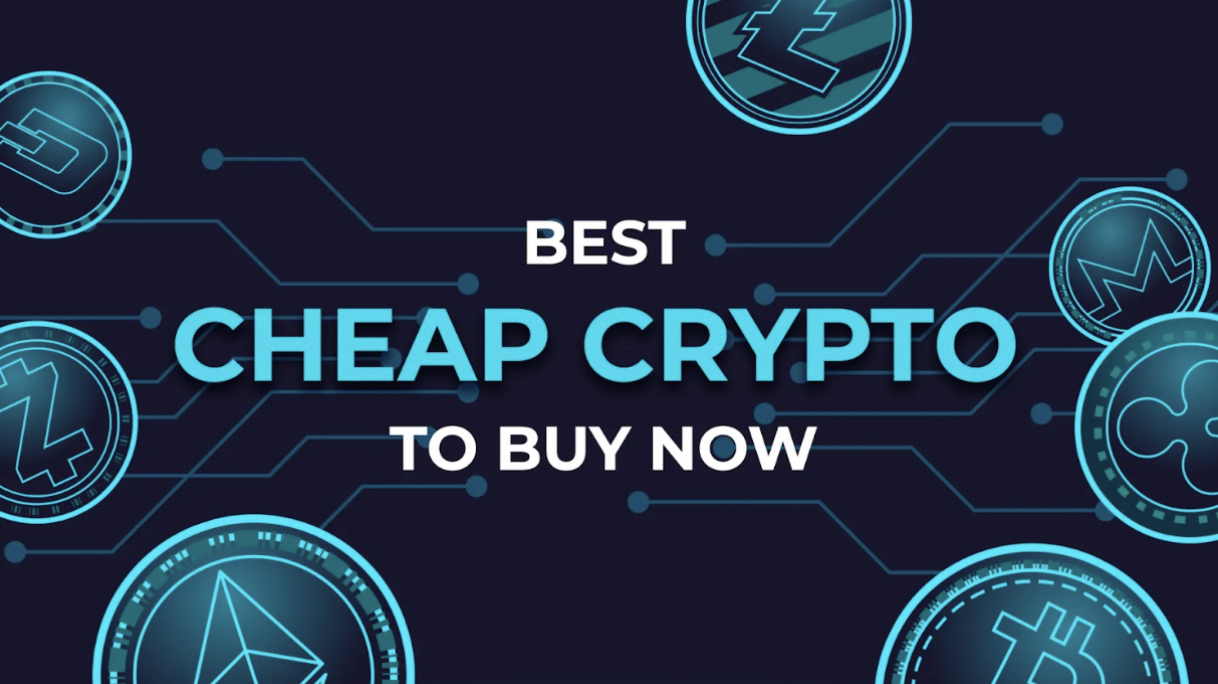Are We Prepared for Blockchain Payments to Become Mainstream?
Source: Midjourney
This conversation has been ongoing for years.
Many startups in the Web3 space have emerged, each claiming to be the one to bring blockchain payments to the mainstream. Yet, we still haven't seen this come to fruition. Why is that? Is it due to issues within the crypto community, the general public's grasp of cryptocurrency, or perhaps the business world's reluctance to embrace a new form of payment? The answer is likely a combination of all these factors, which is why such a promising technology hasn't yet gained widespread adoption.
So, what steps can we take to address this? The positive news is that we've witnessed some significant failures and can learn valuable lessons from them. We have insights into the fears, misconceptions, and motivations that influence both consumers and businesses. By focusing on these factors, we can assess whether blockchain payments are primed to meet the market's needs. More and more blockchain payment platforms are incorporating essential elements, and the decentralized payment system Nimiq might just have everything necessary.
Why Blockchain Payments Haven't Reached Their Full Potential
The potential of blockchain payments is truly remarkable—quick, simple, global, low-cost, and secure. So, what's holding them back? There are several challenges that hinder these benefits, and a few major obstacles prevent consumers from fully experiencing them.
A growing number of blockchain platforms are working towards creating more user-friendly payment processes akin to debit and credit cards. Some even offer a card as the main transaction tool. This approach appeals to those who are comfortable with traditional card usage, as it functions similarly. However, this is also part of the challenge. Many people who rely on conventional payment cards are not actively seeking alternatives. They're satisfied with the system they know. Furthermore, most individuals' understanding of crypto comes from mainstream media, which often highlights topics like crypto scams, Bitcoin's price (without explaining its impact on the average person), and the "crypto bro" stereotype. This doesn't exactly build a positive image for a user-friendly payment system with genuine advantages.
Businesses, too, have been cautious about adopting crypto payments. Although a crypto card can integrate with a company's existing system when partnered with a traditional bank, it doesn't help if people aren't interested in using those cards. So, why should businesses consider crypto payments? Traditional card transaction fees hover around 3%, which can significantly affect a business's profitability. If you asked a business if they wanted to eliminate this 3% burden, the answer would likely be yes. The key benefit of blockchain payments for businesses lies in reducing these fees, so the crypto community must make their payment solutions more advantageous and affordable than the current card fees.
Lastly, some individuals are curious about exploring new payment options, whether due to curiosity, skepticism towards traditional systems, or existing involvement in crypto. This group is expanding, though not enough to drive widespread payment adoption. However, if you combine this group with the average consumer and demonstrate tangible benefits for switching, meaningful change is possible. Since many people participate in rewards programs, this transition might be easier than anticipated.
To promote crypto payments, focusing on rewards is crucial. The average consumer isn't overly concerned with security or low fees, as they already feel secure with their traditional payments and don't directly pay card fees (which businesses cover). To encourage change, substantial rewards must be offered to outweigh the discomfort of switching to crypto payments, while ensuring security and fees remain competitive with traditional methods.
Facilitating the Transition
As previously mentioned, the non-profit and open-source project Nimiq may be closest to achieving this goal for several key reasons. Firstly, they have all the essential components in place. The platform is secure, features gas abstraction to reduce and simplify fees, and is designed for scalability. Utilizing a Proof-of-Stake algorithm tailored for payment functionality, it can provide 1-second confirmations and handle over 1,000 TPS. While these metrics might impress the Web3 community, the average consumer is less likely to be swayed. That's okay, though, because the experience they'll have will at least match the convenience of traditional payments—a crucial step towards adoption.
What will truly capture consumers' interest are the rewards and the ease of obtaining them. Numerous marketing studies indicate that people are often hesitant to sign up for new services, even when incentives are offered. Simplicity and speed are key. Nimiq promises an onboarding time of less than 20 seconds, which could be its biggest selling point. After all, people can't appreciate blockchain's benefits if they never complete the registration process. Once onboard, Nimiq offers additional features to benefit consumers in the short term and help scale the network in the long term. Most notably, it provides a high-yield staking program, offering up to 15% APY. This return is significantly higher than traditional savings accounts and is easy to understand, given its similarities to CDs and other investment tools.
In the future, as the system fosters censorship resistance and includes an in-wallet node, the network will become increasingly robust as it grows. Unlike traditional banks that struggle with rapid expansion, this network is designed for quick growth. As users join easily, witness the rewards clearly and swiftly, and enjoy a secure and convenient process, crypto payment adoption on a large scale finally stands a chance of becoming a reality.
Disclaimer: This article is provided for informational purposes only. It is not offered or intended to be used as legal, tax, investment, financial, or other advice.
Investment Disclaimer


















